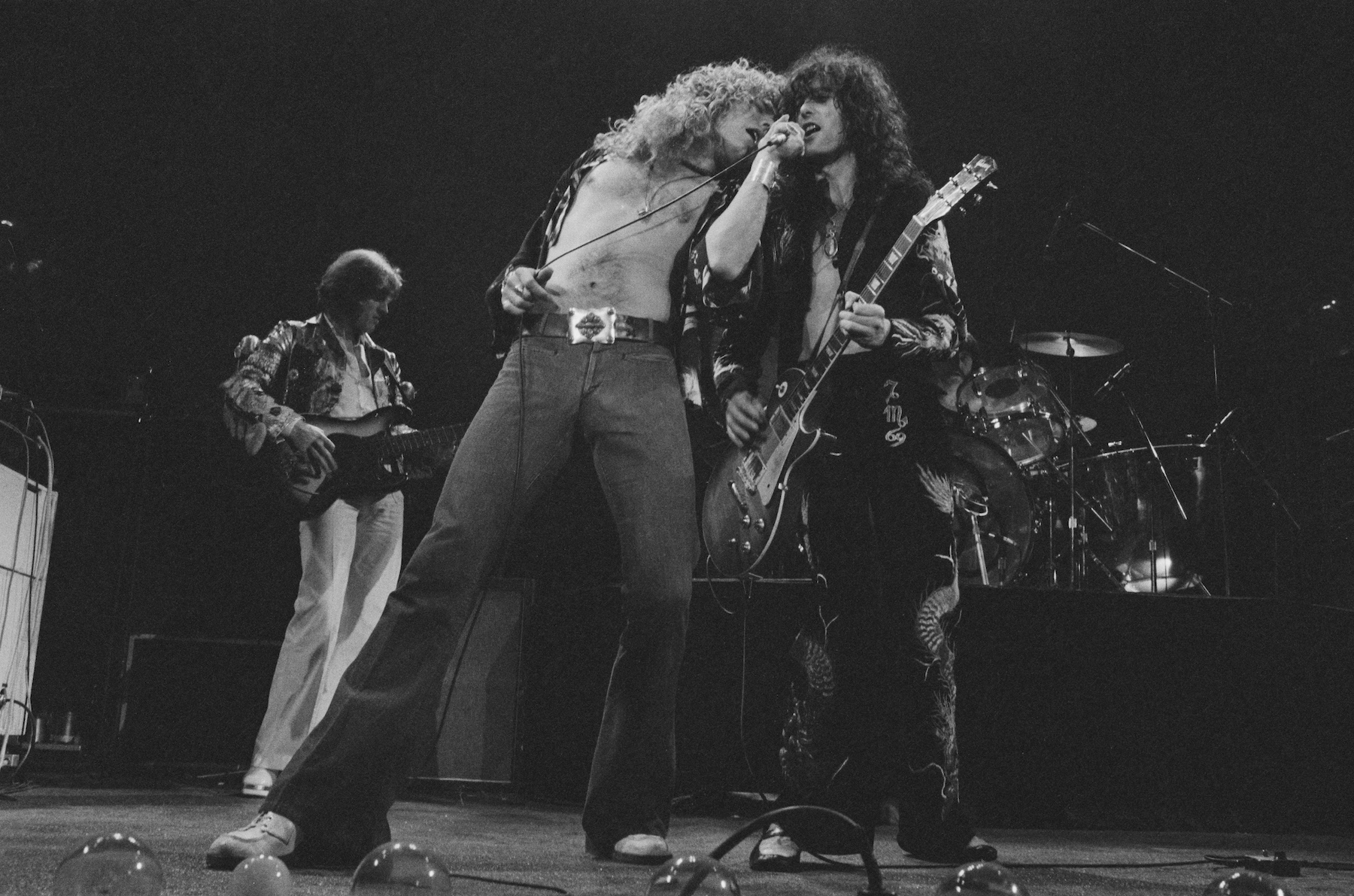
Jimmy Page was a guitarist in the Yardbirds and one of the busiest session musicians in London in the mid-‘60s when he first proposed forming a group of his own with the Who’s rhythm section—and legend has it that Keith Moon joked that the band would go down “like a lead balloon.” In 1968, Page finally got his group together with vocalist Robert Plant, bassist John Paul Jones, and John Bonham, who’d soon rival Moon as arguably one of rock’s greatest (and loudest) drummers. The quartet played gigs that had been booked for the Yardbirds, performing as the New Yardbirds, until they formally unveiled their debut album as Led Zeppelin in early 1969.
More from Spin:
- Lady Gaga Sets ‘MAYHEM’ Track List, ‘SNL’ Return
- Bucking Retirement, Paul Simon Plans 2025 Tour
- Rising Star

Before disbanding upon Bonham’s death in 1980, Led Zeppelin released eight proper studio albums, all of them multi-platinum hits, and broke concert attendance records that had been held by the Beatles. Several generations of bands—from Heart and Whitesnake to Wolfmother and Greta Van Fleet—have closely based their sound on Zep’s early hard rock attack. But the band’s dense and varied discography contains a wealth of explorations of blues, psychedelia, folk, art rock, R&B, and the genre they helped birth that would eventually be known as heavy metal.
To date, Led Zeppelin is considered one of the best-selling bands of all time.
Led Zeppelin’s only double album, Physical Graffiti, featuring hits like “Kashmir” and “Trampled Underfoot,” was released 50 years ago on February 24, 1975. So, where does it rank amongst their canon?
9. Coda (1982)
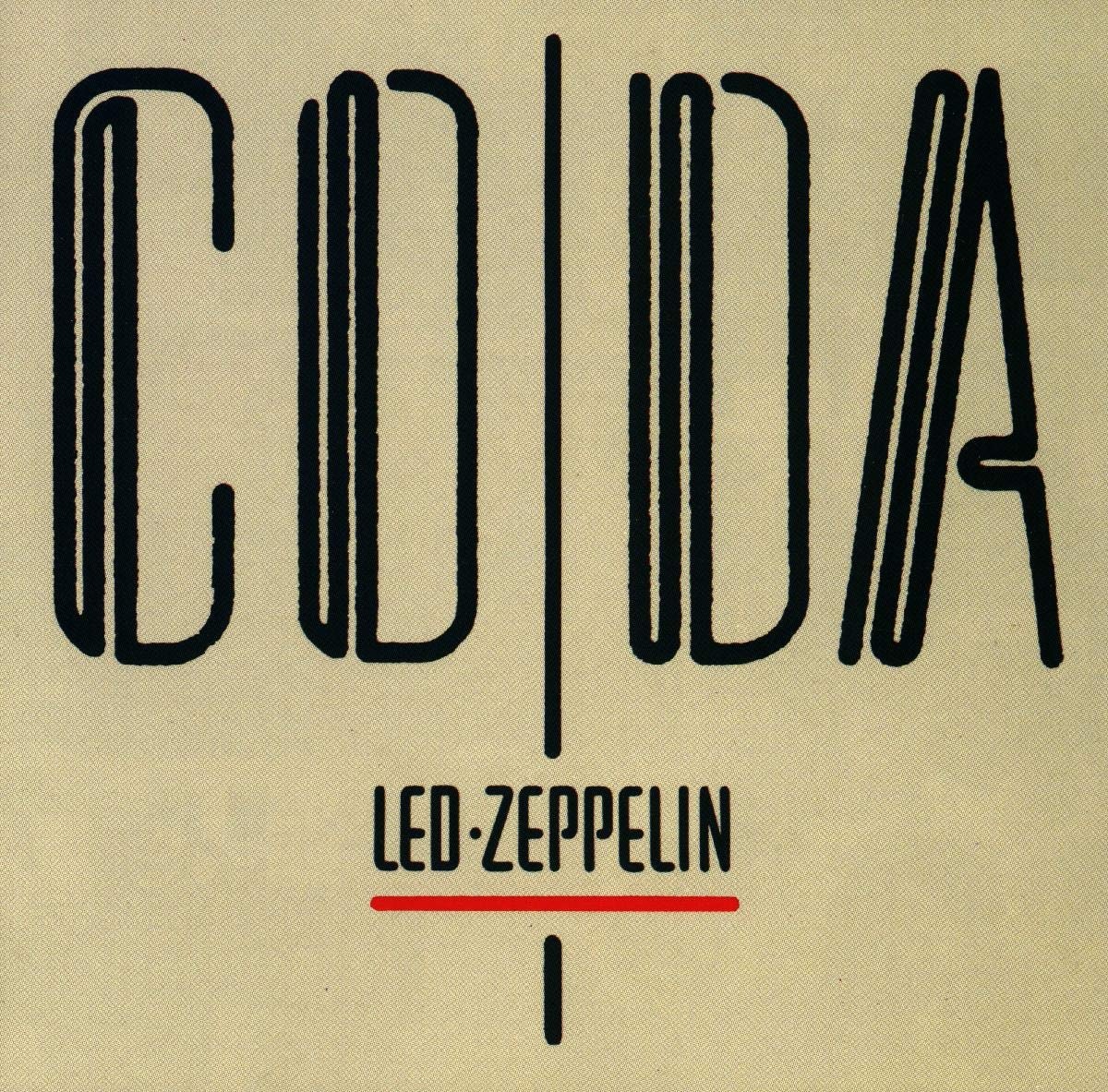
Led Zeppelin never had a lot of studio outtakes, but used up several of them to fill out Physical Graffiti. So after Bonham’s death and the band’s breakup, they scraped out the vault and found just enough material for a 32-minute souvenir for fans—and to fulfill the band’s contract with Atlantic Records. Coda is at least up to the band’s exacting sonic standards, even if the material is mostly minor riff rockers like “Ozone Baby” and the psychedelic drum solo experiment “Bonzo’s Montreaux.” Only the thunderous In Through the Out Door leftover “Wearing and Tearing” feels like something that arguably deserved to appear on a proper album. In 1993, Coda was expanded with a few worthwhile additions, including a great rendition of Robert Johnson’s “Traveling Riverside Blues” and the band’s only B-side, the jangly confection “Hey, Hey, What Can I Do.”
8. In Through the Out Door (1978)
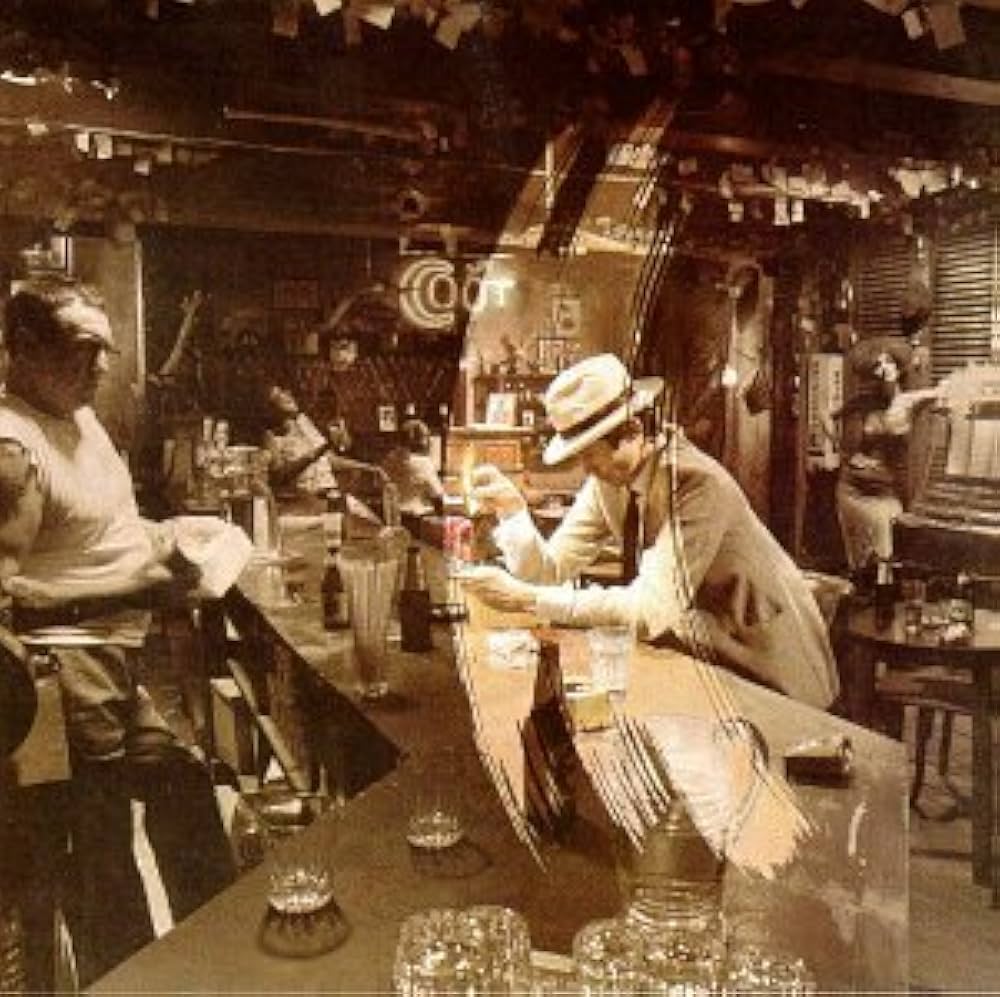
Though Jones stuck to playing bass in concert, he was Led Zeppelin’s secret weapon in the studio, fleshing out tracks with keyboards, mandolin, and string arrangements. Jones took a larger role in writing and arranging In Through the Out Door, helping Plant express heartbreak over the loss of his five-year-old son Karac on the stately ballad “All My Love.” “Fool in the Rain,” with its piano-driven shuffle and riotous samba break,provides a hint at how the quartet could have continued to evolve. “The tuneful synthesizer pomp on side two confirms my long-held belief that this is a real good art-rock band,” wrote Robert Christgau in the Village Voice review of In Through the Out Door.
7. Led Zeppelin III (1970)
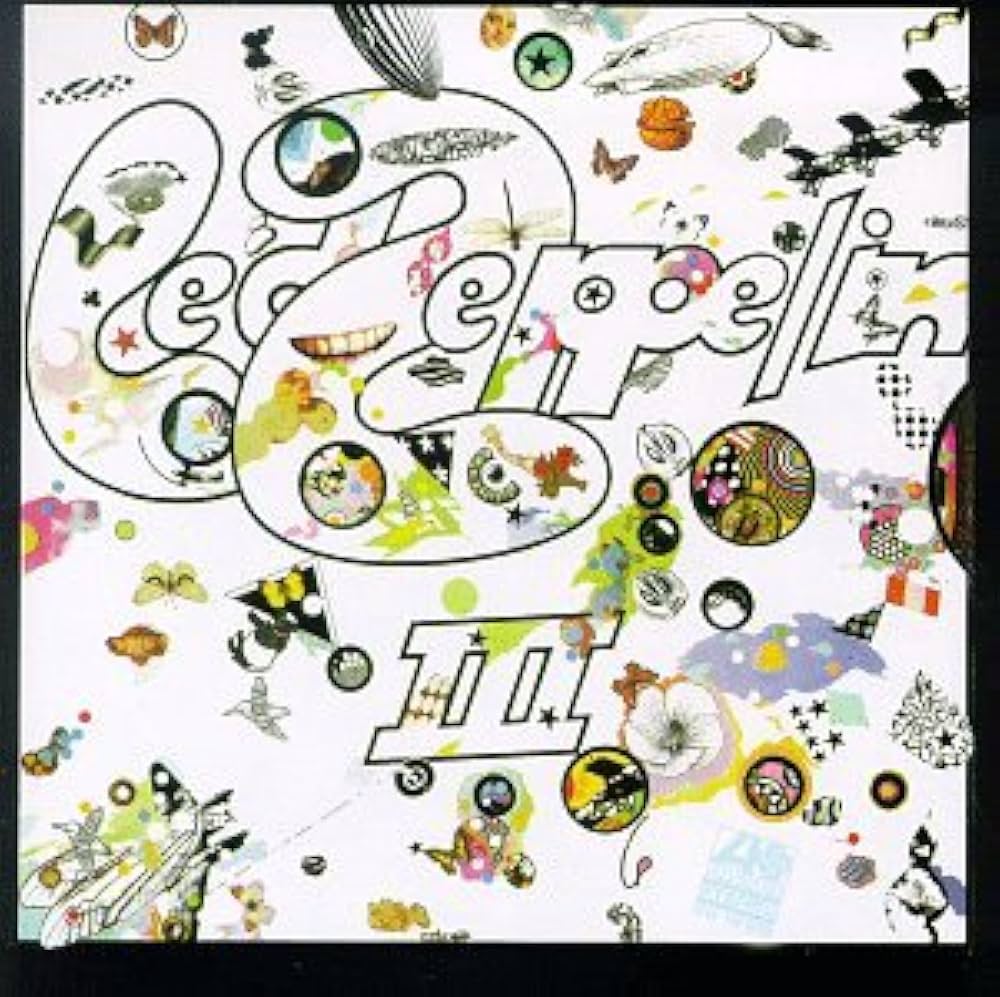
Led Zeppelin’s first two albums quickly turned them into the most popular heavy band in the world, even if they had their share of ballads and slow burners. So some fans and critics scratched their heads when the crowd-pleasing Viking fury of III’s opening track “Immigrant Song” gave way to the acoustic textures of “Friends,” “Gallows Pole,” “Tangerine,” “That’s the Way,” “Bron-Y-Aur Stomp,” and “Hats Off to (Roy) Harper.” III has gradually been accepted as a widely admired album after an initial wave of critical confusion, but it could still use better uptempo material than the “Good Times, Bad Times” retread “Out on the Tiles.”
6. Presence (1976)
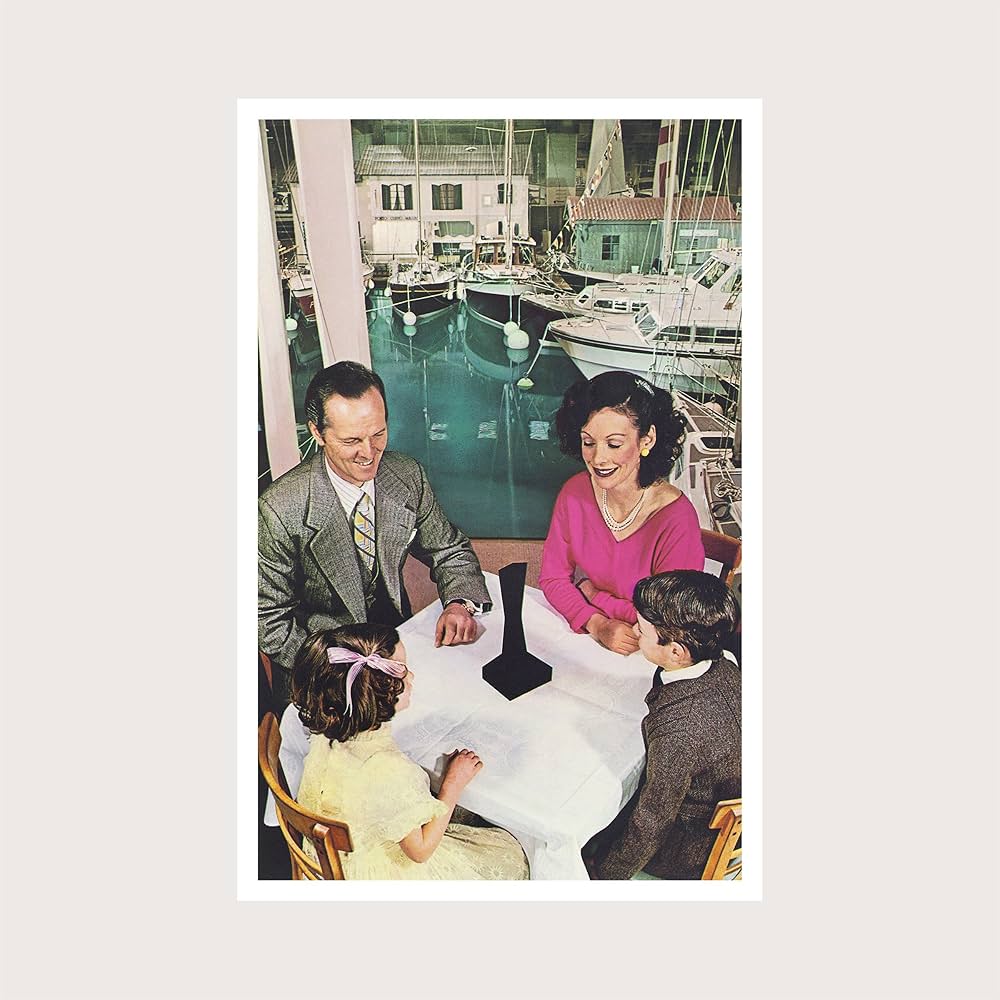
While Led Zeppelin III had once been panned for being too mellow, the band’s heaviest album faced a cool reception for lacking the variety and melody that fans had come to expect from the band. The galloping, relentless 10-minute opener “Achilles Last Stand” served as a blueprint for New Wave of British heavy metal bands like Iron Maiden that would thrive over the next few years, and Page’s guitar and Bonham’s drums playfully dance around each other on the hammering “Nobody’s Fault but Mine.” The band did the album no favors by releasing the weakest and least popular track, “Candy Store Rock,” as its only single, but Presence feels like a gift to metalheads, regardless of its commercial profile.
5. Physical Graffiti (1975)
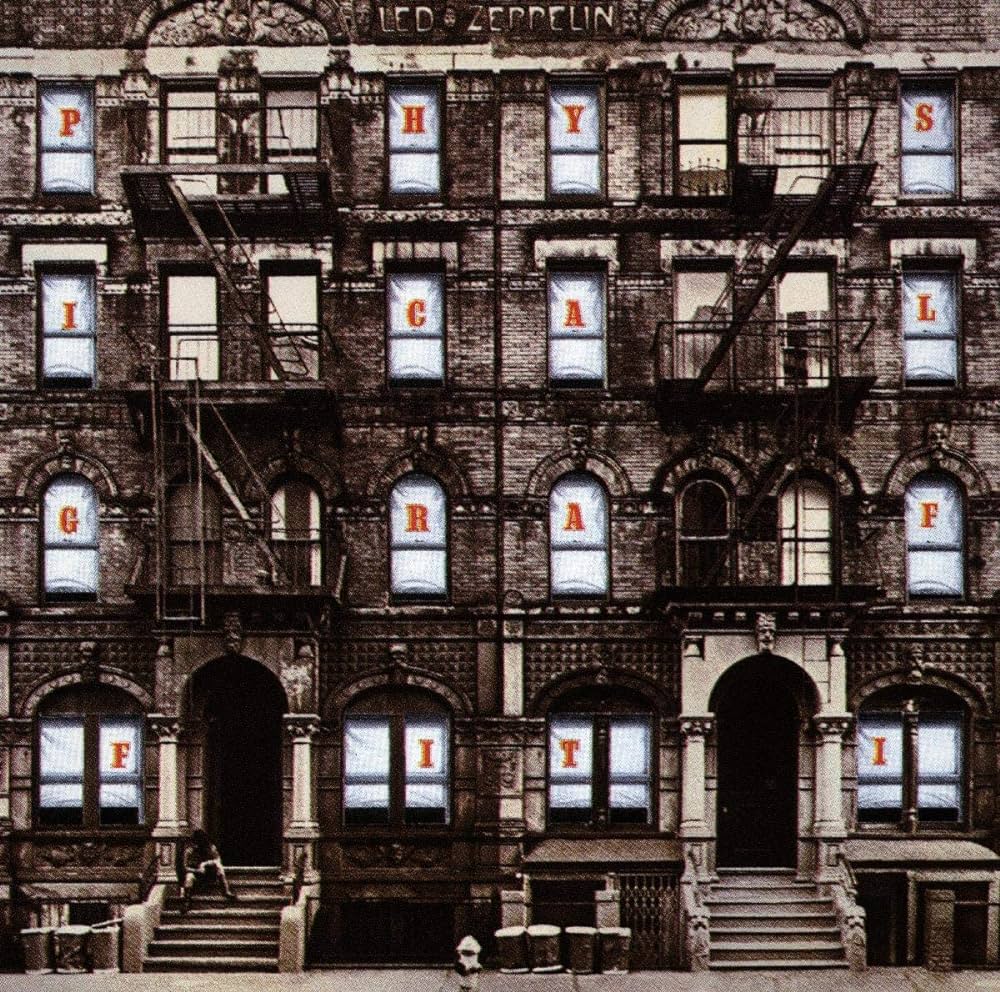
Artist-owned imprints were a relatively new phenomenon in 1974 when Led Zeppelin followed the lead of the Beatles and Apple Records and founded Swan Song. Physical Graffiti was the band’s first release on the label, which ultimately did little of note besides release records by Zep and one other multi-platinum band, Bad Company. The iconic double LPs of the classic rock canon are often ambitious concept albums or moments when a band got into a prolific and experimental zone, expanding their sound. Physical Graffiti, on the other hand, is just a double helping of what Led Zeppelin usually does, nearly half of it culled from sessions for previous albums, with only the hypnotic epic “Kashmir” standing as a singular achievement. The few excellent Zep songs that haven’t suffered from overexposure on classic rock radio reside primarily on Physical Graffiti, though, including underrated gems like “Night Flight” and “Sick Again.”
4. Led Zeppelin II (1969)
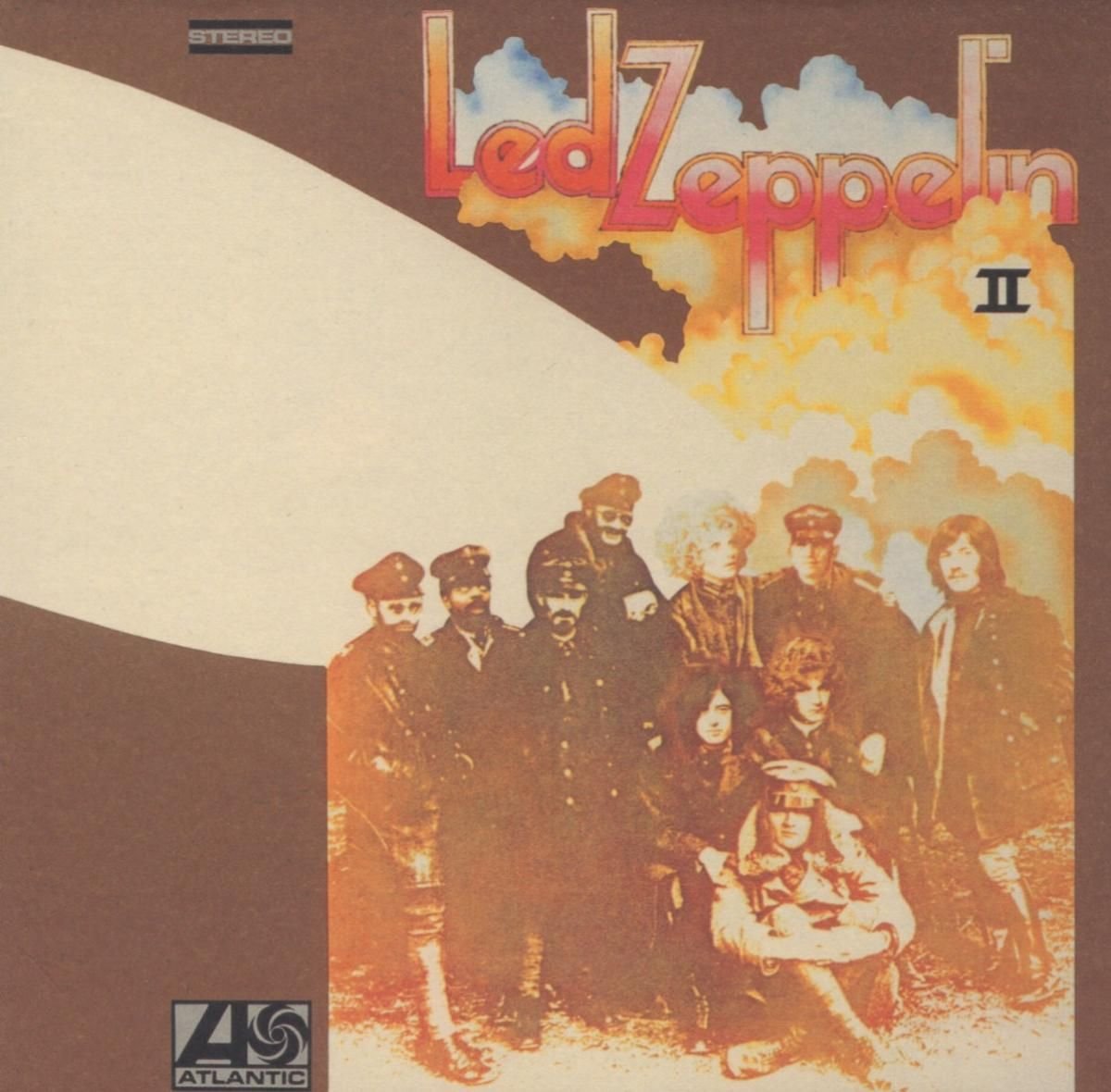
“Whole Lotta Love” catapulted Led Zeppelin to global fame, and the young band’s second album topped the charts in America and several countries across Europe. They made better albums, but II distills the band’s essence perhaps more perfectly than any other record. Plant revealed himself as a fantasy buff with the first of several Tolkien-referencing lyrics on “Ramble On”; “Moby Dick” is a landmark in rock’s divisive tradition of drum solos. Even Page’s reported least-favorite Led Zeppelin song, “Living Loving Maid (She’s Just a Woman),” has an irrepressible groove, forming a killer 1-2 punch with “Heartbreaker.”
3. Led Zeppelin (1969)
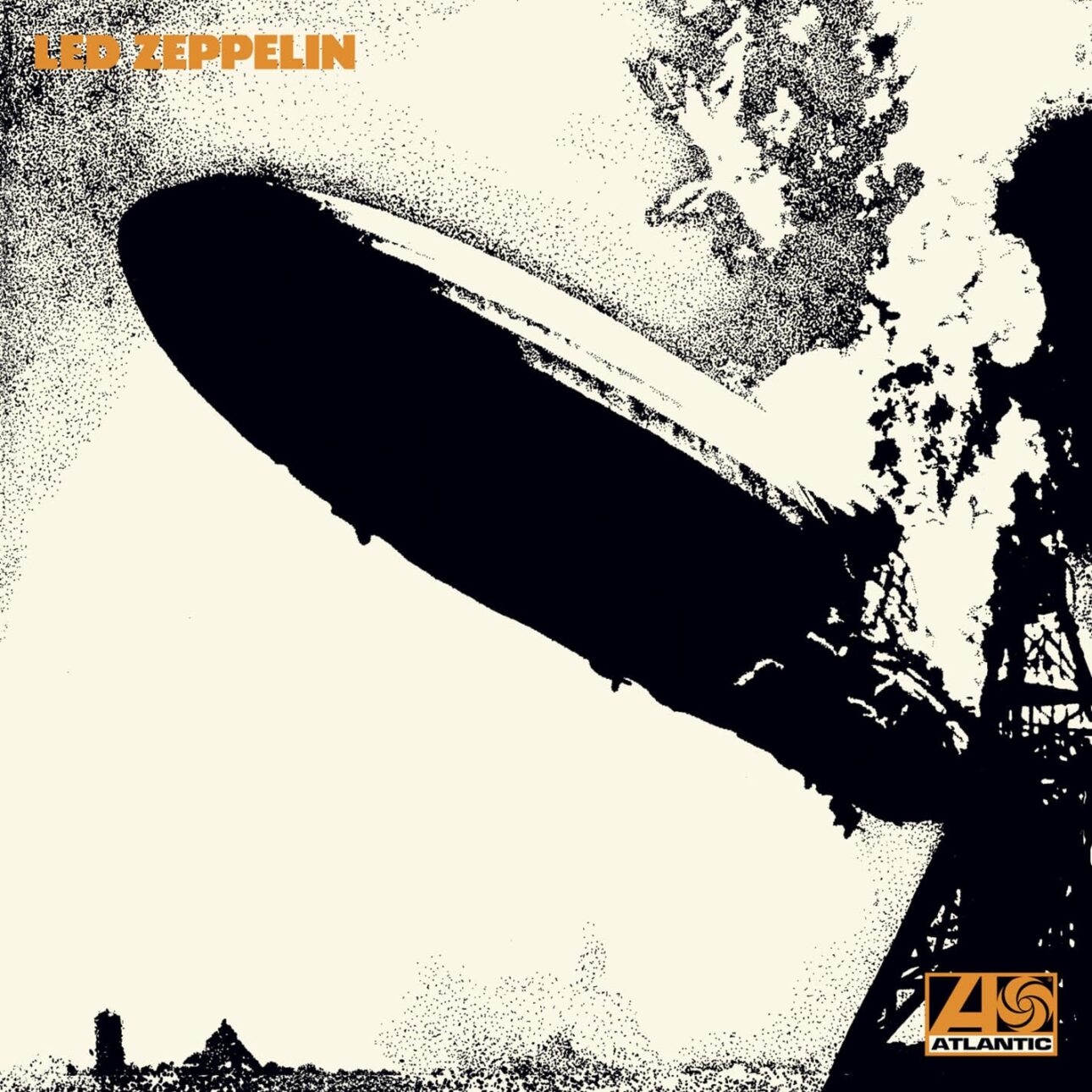
The band’s eponymous debut was recorded mere weeks after the four members of the band played in a room together for the first time, and their musical chemistry was instantaneous. Page put everything he’d learned as a session musician into practice in producing Led Zeppelin (commonly referred to as Led Zeppelin I), placing the microphone far enough away from Bonham’s set to make his kick drum into a mighty thundercrack. “Good Times, Bad Times” leaps out of the speakers with a combination of power and precision few rock records had possessed up to that point, and “Dazed and Confused” established that the band could be equally vibrant in the quiet passages between explosions of guitar fireworks. Critics unfavorably compared Led Zeppelin to the Jeff Beck Group and Cream, and scholars would spend years picking apart the mostly uncredited lifts from American blues musicians, but the album’s inspired performances and sonic innovations are undeniable. “It is Page’s guitar that provides most of the excitement,” John Mendelsohn wrote in the Rolling Stone review of Led Zeppelin.
2. Houses of the Holy (1973)
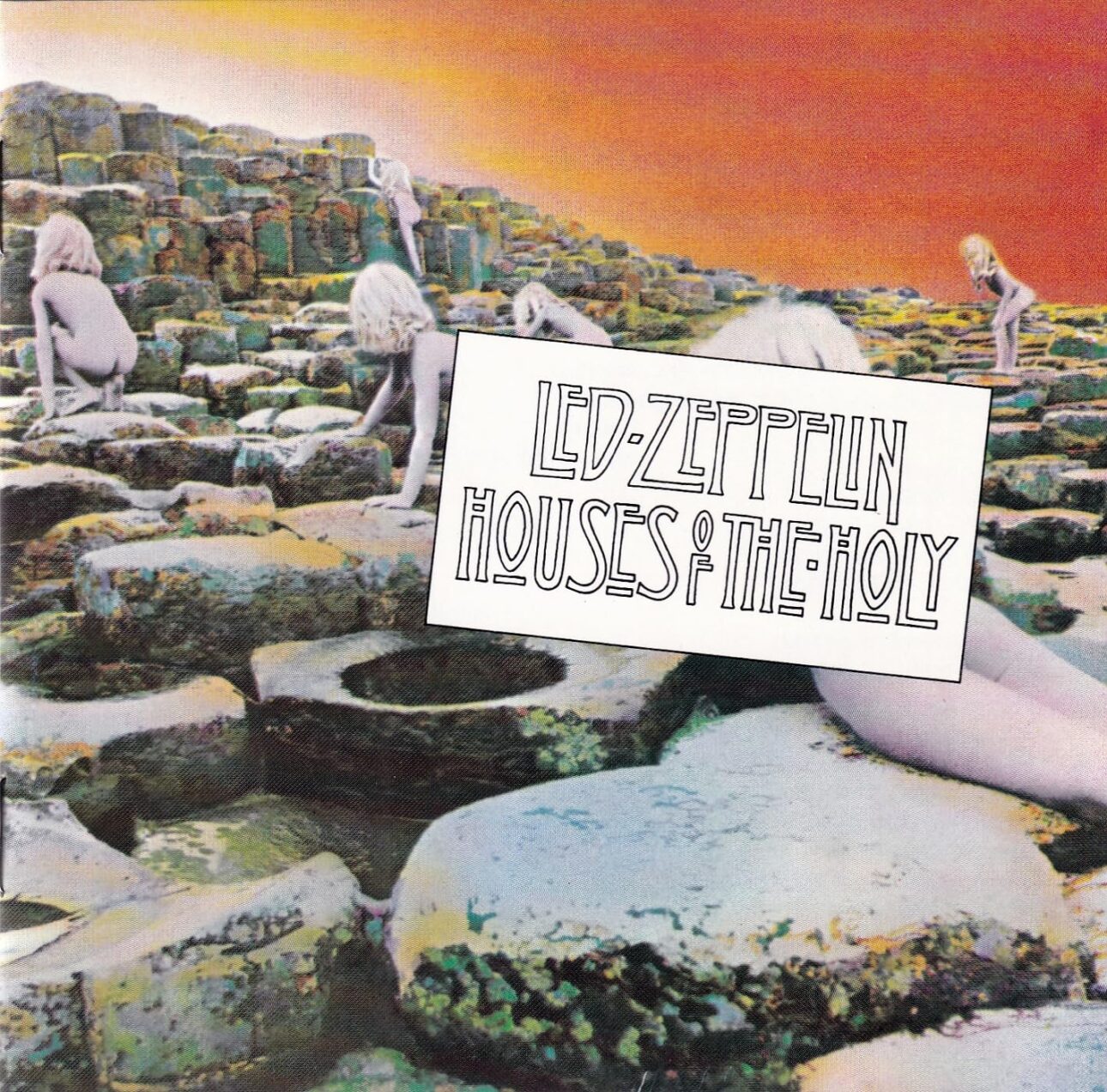
Houses of the Holy showcases the band’s ability to kick ass, regardless of genre, from the surging grandeur of “The Song Remains the Same” to the moody mellotron explorations of “No Quarter.” Page layers an array of different guitar tones with painterly elegance on “Over the Hills and Far Away” and “Dancing Days,” songs that are as densely textured as they are catchy and danceable. Zep’s flirtations with funk on “The Crunge” and with reggae on “D’yer Mak’er” amply demonstrate the versatility of the band’s omnivorous rhythm section.
1. Led Zeppelin IV (1971)
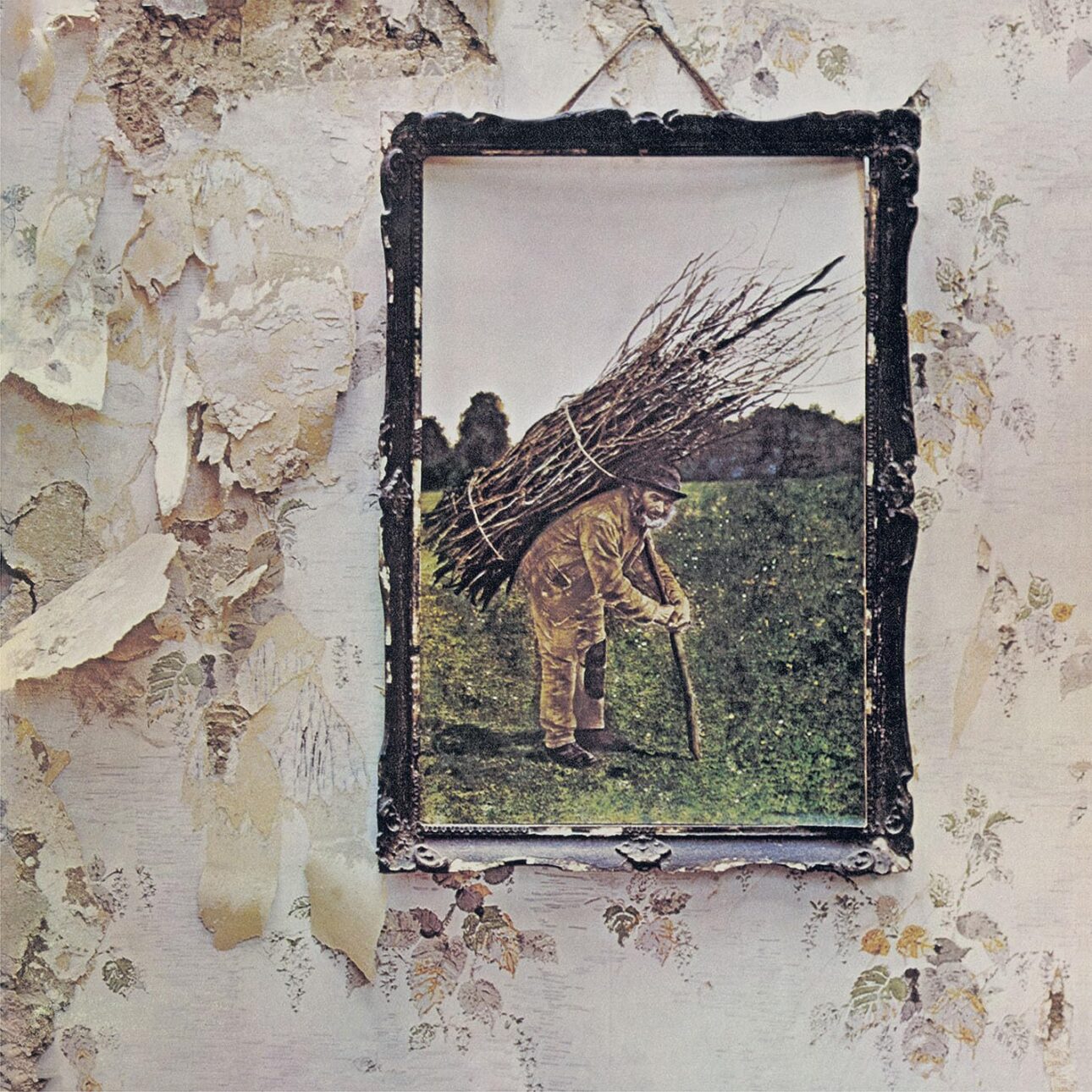
In late 1970, Led Zeppelin pulled up to a country house in Hampshire with the Rolling Stones’ mobile recording truck, and found the right ambiance and acoustics for creating their best-selling album, often considered one of the best in rock and roll. Page suspended two microphones above a stairwell over Bonham’s kit to capture the remarkable reverb that gives “When the Levee Breaks” one of the most iconic (and most sampled) drum sounds in rock history. The unpredictable rhythmic turnarounds of “Black Dog” and “Four Sticks” and the steadily building majesty of “Stairway to Heaven” are Led Zeppelin at the height of their powers, and virtually the entire album remains in permanent radio rotation. Depending who you ask, the band’s fourth album is either called Led Zeppelin IV, has no title at all, or is known by four hand drawn symbols on the vinyl label, one of which resembles the mysterious word ‘ZoSo.’ Regardless of what you call the album, though, that ambiguity just enhances the indefatigable aura that surrounds these eight songs.
To see our running list of the top 100 greatest rock stars of all time, click here.
